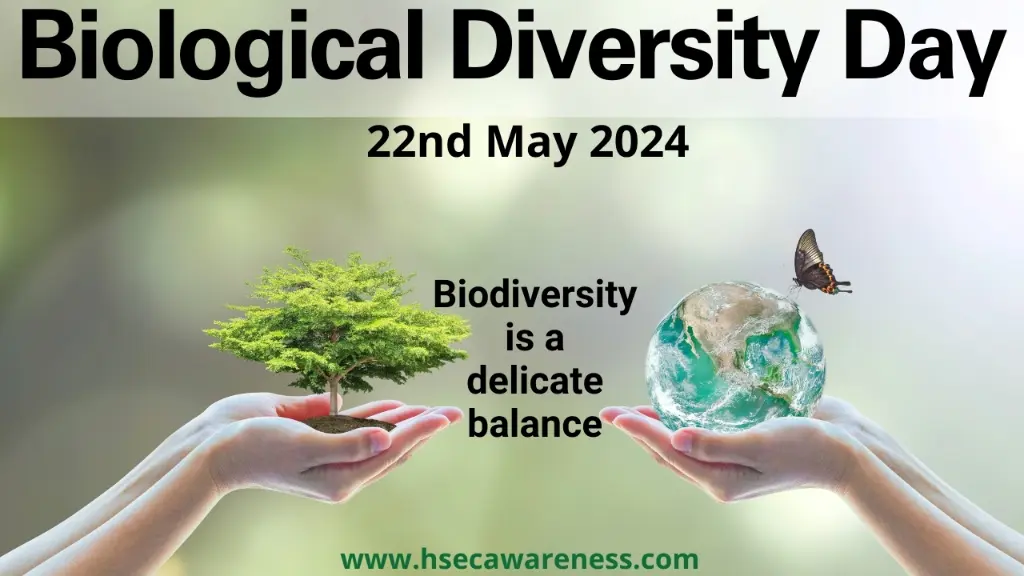As we approach Earth Day 2025, the global community is called to reflect on the vital role that biodiversity plays in maintaining the health of our planet. Biodiversity, or the variety of life on Earth, is not just a measure of the number of species that exist; it encompasses the diversity of ecosystems, genetic variations, and the complex interactions that sustain life. This article explores the significance of biodiversity, the current threats it faces, and the actions we can take to protect it, especially in light of the upcoming Earth Day celebrations.
Understanding Biodiversity
Biodiversity is often categorized into three main levels:
- Ecosystem Diversity: The variety of ecosystems within a given area, including forests, wetlands, grasslands, and oceans.
- Species Diversity: The range of different species within a particular habitat or ecosystem.
- Genetic Diversity: The variation of genes within a particular species, which is crucial for adaptability and survival.
This intricate web of life is essential for ecosystem services that directly support human existence, from food production to climate regulation. Without biodiversity, our planet’s resilience diminishes, making it increasingly vulnerable to environmental changes.
The Role of Biodiversity in Ecosystem Services

Biodiversity is foundational to several ecosystem services that are essential for human welfare, including:
- Food Security: A diverse range of species ensures a stable food supply. For instance, traditional farming systems often cultivate multiple crop varieties to guard against pests and diseases.
- Climate Regulation: Diverse ecosystems, such as forests and wetlands, play critical roles in carbon sequestration, thereby mitigating climate change.
- Water Purification: Healthy ecosystems filter contaminants and maintain clean water supplies. Wetlands, for example, act as natural water filters.
- Pollination: Many crops depend on a variety of pollinators, such as bees and butterflies. The decline of these species poses a significant risk to global food production.
The loss of biodiversity can lead to the collapse of these services, which directly impacts human health, economies, and the overall quality of life.
Current Threats to Biodiversity

Despite its importance, biodiversity is under severe threat from various human activities. Some of the most pressing threats include:
- Habitat Destruction: Urbanization, agriculture, and deforestation are leading causes of habitat loss. The World Wildlife Fund (WWF) estimates that 1 million species are at risk of extinction due to habitat destruction.
- Climate Change: Alterations in temperature and weather patterns can disrupt ecosystems, forcing species to adapt, migrate, or face extinction. The Intergovernmental Panel on Climate Change (IPCC) warns that up to one million species may be threatened by climate change.
- Pollution: Chemical runoff, plastic waste, and air pollution degrade habitats and harm wildlife. For example, marine biodiversity suffers greatly from plastic pollution, which affects ocean health and fish populations.
- Invasive Species: Non-native species can outcompete local flora and fauna, leading to declines in indigenous species. The introduction of zebra mussels in North American lakes is a case in point, where they have disrupted local ecosystems.
These threats are interconnected and exacerbate each other, creating a complex web of challenges that require coordinated global responses.
Case Studies: Successful Biodiversity Conservation Initiatives

While the challenges are significant, there have been successful initiatives worldwide that demonstrate the potential for positive change:
- The Great Green Wall (Africa): This ambitious project aims to combat desertification by creating an 8,000 km mosaic of green and productive landscapes across the Sahel region. By restoring degraded land, it enhances biodiversity, improves food security, and helps communities adapt to climate change.
- The Yellowstone to Yukon Conservation Initiative (USA and Canada): This initiative seeks to connect and protect habitats from Yellowstone National Park to the Yukon. By focusing on wildlife corridors, it enhances species migration and genetic diversity.
- The Ocean Cleanup Project: Aiming to remove plastic pollution from the world’s oceans, this project not only helps maintain marine biodiversity but also restores the health of marine ecosystems affected by pollution.
These case studies highlight that with collaborative effort and commitment, it is possible to reverse some of the damage done to our biodiversity.
Actions We Can Take for Biodiversity Conservation

As Earth Day 2025 approaches, individuals and communities can take several actions to contribute to biodiversity conservation:
- Support Local Conservation Efforts: Engage with local environmental organizations and participate in habitat restoration projects.
- Reduce, Reuse, Recycle: Minimize waste and pollution by adopting sustainable practices in daily life.
- Educate and Advocate: Raise awareness about the importance of biodiversity and advocate for policies that protect ecosystems.
- Practice Sustainable Living: Choose sustainable products, support local farmers, and consider the environmental impact of your consumption choices.
Every small action counts and collectively contributes to a larger movement for biodiversity conservation.
As we look ahead to Earth Day 2025, it is crucial to recognize and celebrate the importance of biodiversity in sustaining life on our planet. The interconnectedness of ecosystems, species, and genetic diversity is vital for our survival and wellbeing. While challenges such as habitat destruction, climate change, and pollution pose significant threats, successful conservation initiatives show that positive change is possible. By taking individual and collective action, we can help protect and restore biodiversity for future generations. Let us commit to making biodiversity a priority and take meaningful steps towards a healthier, more sustainable planet.